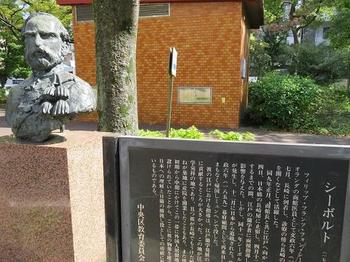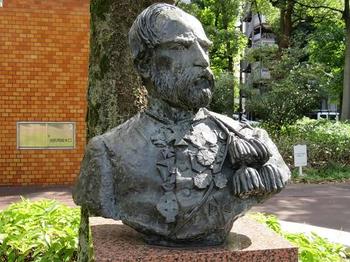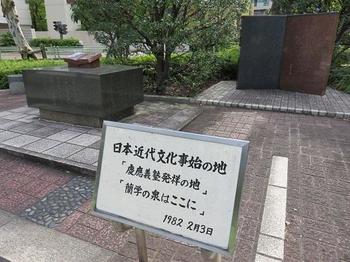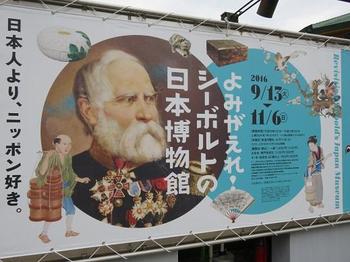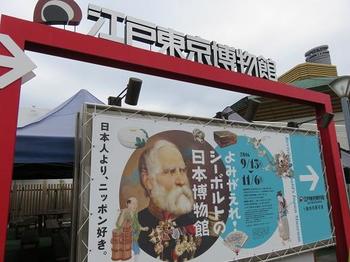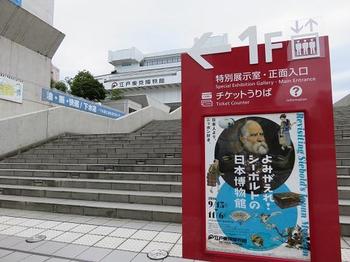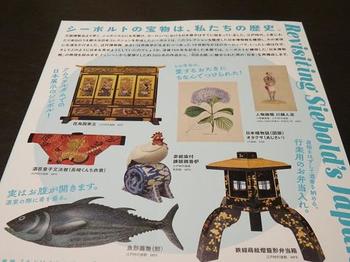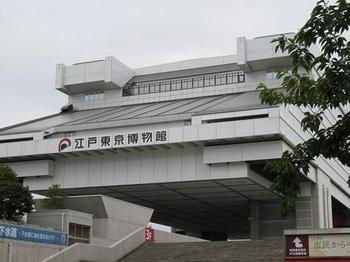At Akatsuki Park in Tsukiji, there is a bronze statue of German doctor and naturalist Philip Franz von Siebold.![]()
The statue of Siebold, a doctor of Dutch trading post who played an active part in Dejima in Nagasaki, is located in Tsukiji, the birthplace of Edo Dutch studies, and is said to have contributed to the development of Siebold's daughter, Ine, opened a maternity hospital in Tsukiji.![]()
On the other hand, the special exhibition "Japan Museum of Reviving ![]() Siebold" is currently being held at the Edo Tokyo Museum in Tokyo (Yokoami, Sumida-ku).
Siebold" is currently being held at the Edo Tokyo Museum in Tokyo (Yokoami, Sumida-ku).![]()
The Edo Tokyo Museum is not a building in Chuo-ku, but I would like to introduce it as a special exhibition of Siebold, which is closely related to Chuo-ku.![]()
The event will be held from Tuesday, September 13 to November 6 (Sunday).
Siebold came to Japan twice during the Edo period to form a huge Japanese collection.
In this exhibition, in commemoration of the 150th anniversary of Siebold's death, he is trying to reproduce the "Japan Museum" he envisioned.![]()
This exhibition is composed of about 300 works that returned home from Munich.![]()
![]()
Anyway, I am surprised at the wide range of exhibits.![]()
Buddha statues, ceramics, lacquerware, lacquerware, lacquerware, folding screens, kakejiku, bamboo craft, hardware, kimono, map, etc.![]()
![]()
![]()
In this exhibition, I learned for the first time that Siebold had come to Japan twice.![]()
In addition to being a doctor and naturalist, I learned that he was a Japanese researcher and held many exhibitions in Western Europe to introduce Japan in his own collections.![]()
![]()
I went to October 10 (Monday), but this day was the last day of the first half of the exhibition, with a closed day on the 11th, and some exhibitions will be replaced from the 12th (Wednesday) .![]()
Click here for the website of the Japan Museum in Siebold. ⇒
Click here for the website of the Edo Tokyo Museum Exhibition. ⇒
https://www.edo-tokyo-museum.or.jp/s-exhibition/
![]()
![]()
![]()
![]()
![]()
![]()
